AI in Travel
The Importance of Visualization in Data Storytelling
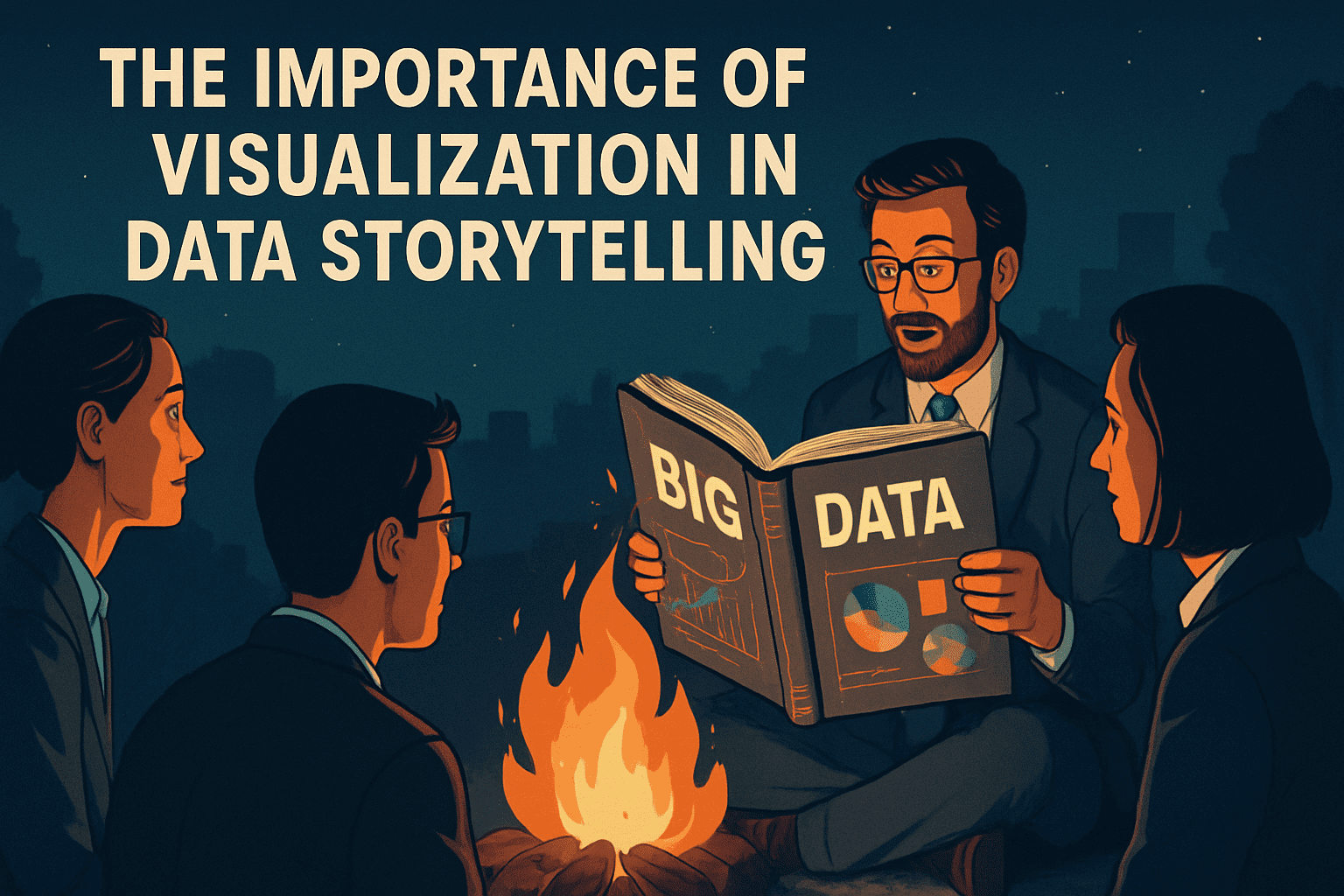

Image by Author | Ideogram
# Once Upon a Time…
Data storytelling can be defined as the process of communicating insights from data through a compelling and structured narrative, turning raw figures and analytics into meaningful, captivating, and actionable stories. Data storytelling plays a crucial role in organizational and business decision-making, serving as a cornerstone in strategic planning, data-driven innovation, and enhanced customer experience. But what is the secret behind the effectiveness of data storytelling? Without a doubt, data visualization is what makes data stories engaging, accessible to the audience, and actionable for decision-makers.
This article introduces and discusses four key reasons why data visualization is essential in data storytelling: simplifying complex information, discovering hidden patterns, fostering engagement and impact, and supporting informed decisions.
# Making Sense of Complex Data
The first reason for data visualization’s significance in data storytelling is a stark reality: real-world data is often complex and overwhelming. The right visualization simplifies this complexity, allowing the audience to focus on what matters.
For example, in the retail industry, instead of presenting a dense table full of sales figures per store, a sales dashboard centered around a heatmap with colors associated with sales levels enables easy identification of high-performing stores at a glance.
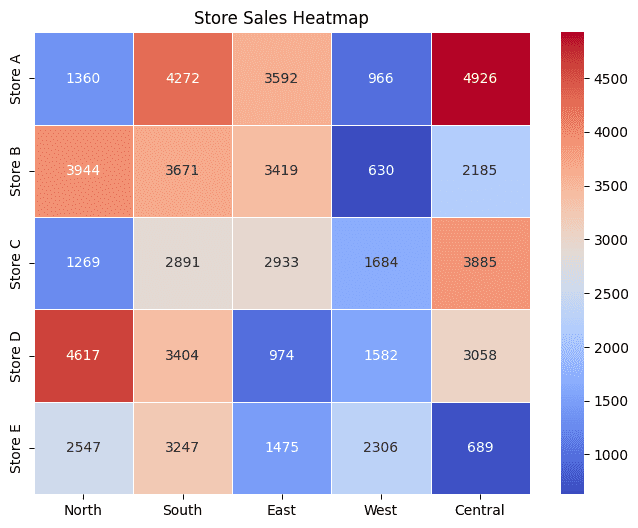

# Uncovering Insights: Pattern and Trend Discovery
Visualizations are one of the best ways to reveal hidden insights that might not be obvious in raw data.
Customer analysis is a prime example that illustrates this principle. A line chart representing seasonal customer patterns can not only help detect trends or changes in customer behavior but also uncover important risks, such as customer churn, if declining trends are found.
Moreover, in churn analysis, visualizing overall churn rates can help identify seasons when churn is more common. This makes it easier to identify why more customers might be abandoning your brand during certain periods.
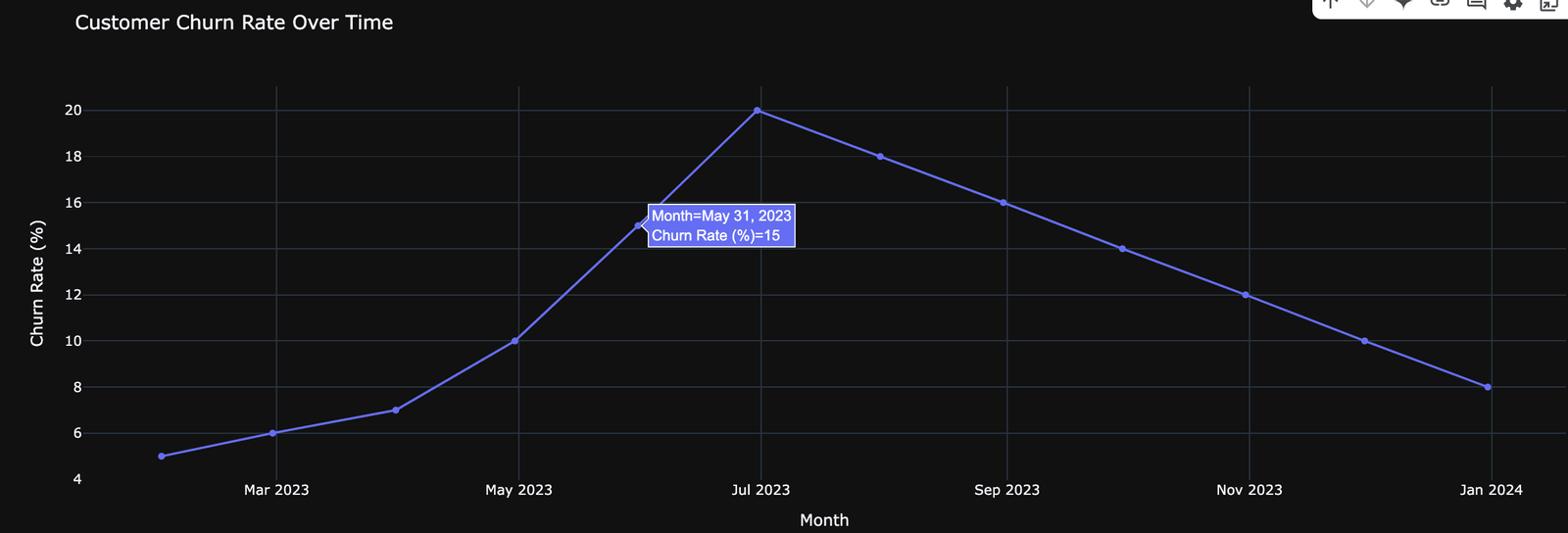

# Causing a Lasting Impression: Engagement and Impact
Compelling visuals within a data story are ideal for enhancing audience engagement and communicating key insights more effectively. Visualizations also drive emotional and memorable impact in various ways, drawing attention, simplifying complex information, and making insights easier to remember. In sum, transforming raw numbers into a compelling narrative centered around visualizations yields key messages that resonate with stakeholders and call them to action.
Take social media analysis as an example. Analyzing social media campaigns through a table of word frequencies associated with terms or hashtags could quickly put your stakeholders to sleep, whereas a colorful word cloud of top-performing keywords will make a sufficient impact, not only by conveying useful conclusions for discussing user engagement strategies but also by being more stimulating than a full cup of espresso.


# Driving Data-Driven Action: Decision Support
On a final note, data visualization helps stakeholders make informed data-driven decisions efficiently and with more confidence.
This is evident in sectors like logistics, in supply chain optimization, where a geographical map that displays delivery times across different regions of operation can help identify inefficiencies and make effective decisions accordingly, both operational and strategic.
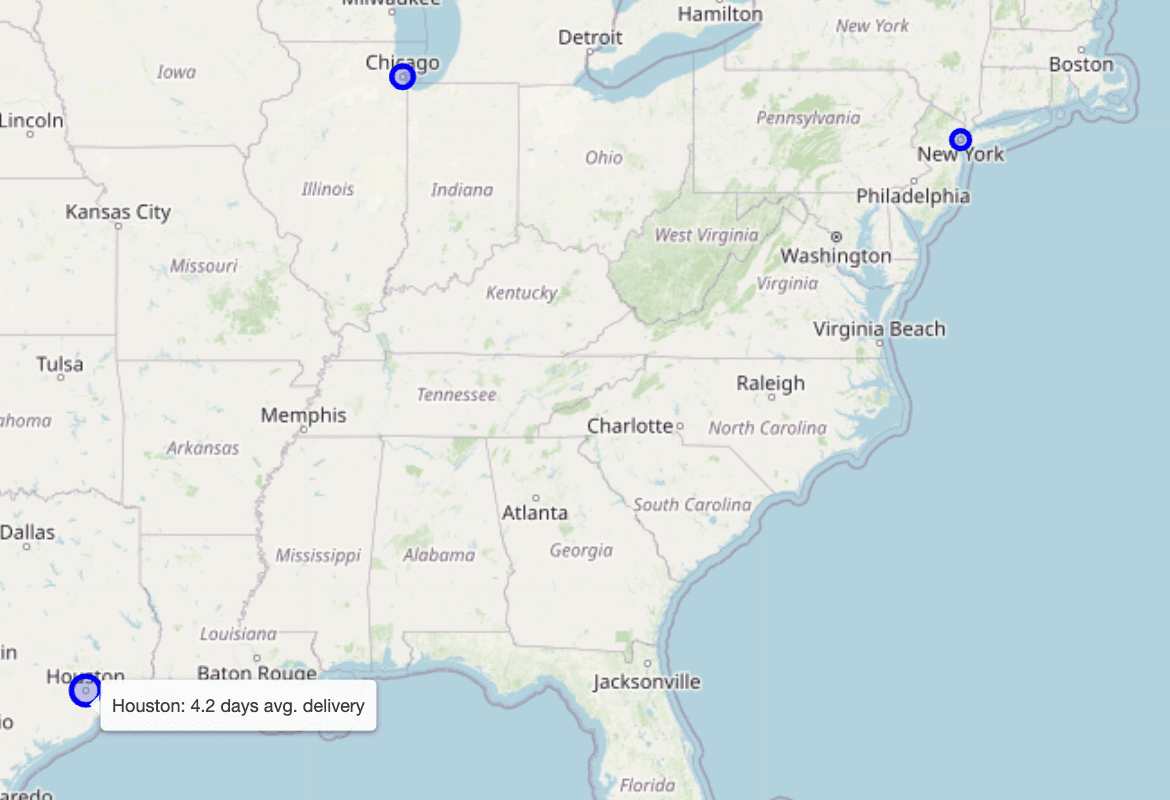

# Wrapping Up
The undeniable importance of data visualization in storytelling is based on several reasons, from simplifying complex data to engaging the audience to guiding informed decisions. This article discussed four key reasons why visualizations are an essential component of effective and successful data storytelling processes in businesses and organizations.
Iván Palomares Carrascosa is a leader, writer, speaker, and adviser in AI, machine learning, deep learning & LLMs. He trains and guides others in harnessing AI in the real world.
AI in Travel
MakeMyTrip AI Myra To Make Travel Booking Conversational
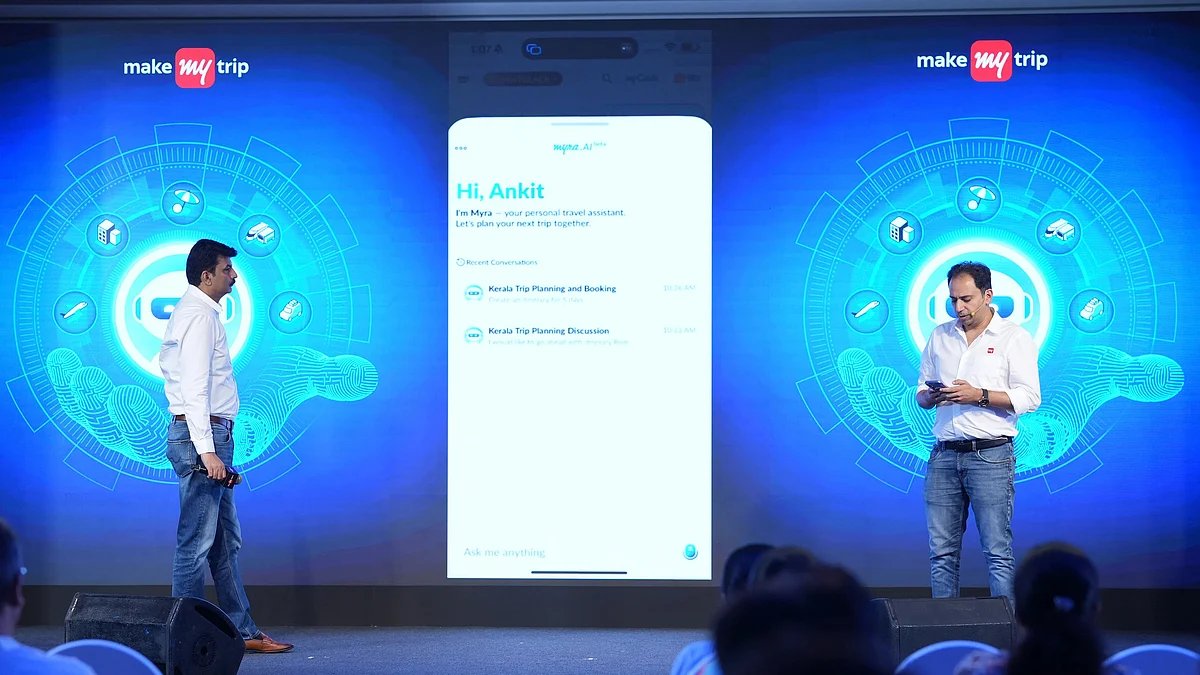
Although Myra can assist with individual travel bookings, it is not capable of solving complex tasks such as booking such as group tours, MICE and more. Magow clarified that Myra may be able to facilitate bookings for an individual but it lacks the complexities of negotiating, handling customer bargains, accounting for individual preferences for a group bookings or tackle emergency situations in the event of an incident with travellers unlike a dedicated tour manager on ground who will better understand the nuances of human requirements.
“Even if AI is able to do 50% of a human tour manager’s work, there will still be room for workforce in other tasks and AI related human intervention,” he added.
The company, he said, has been investing in artificial intelligence since 2017. He added that Myra was its most consumer-facing AI product yet. It can generate itineraries, answer queries, suggest refunds or modifications, and complete bookings in a conversational format.
Magow said the goal was to “solve for Bharat” by making travel planning accessible to users outside the metros. He added that the use of natural language will help millions of Indians book online for the first time without having to navigate complex interfaces or rely on English.
AI in Travel
Vietnamese travelers lead in AI-powered tourism adoption

Vietnamese travelers are increasingly embracing artificial intelligence (AI) to enhance their journeys, according to the newly released Global AI Sentiment Report from Booking.com. Based on a survey of over 37,000 consumers across 33 markets, including Vietnam, the report highlights how AI is reshaping travel experiences.
In Vietnam, 99% of users leverage AI-powered search tools, 92% use AI-generated content recommendations, and 95% interact with generative AI tools, underscoring AI’s growing role in daily travel planning and decision-making.
The report categorizes Vietnamese travelers based on their attitudes toward AI. Nearly 47% identify as AI enthusiasts, intrigued and excited about AI’s potential. Another 28% are AI advocates, who support responsible adoption of AI technologies. Together, these groups reflect strong openness and optimism about AI’s benefits in tourism.
Beyond improving convenience and efficiency, AI is also expected to bring positive social impact. A significant 80% of Vietnamese respondents acknowledge this aspect, while 79% appreciate AI’s ability to help them avoid overcrowded destinations and peak hours, enhancing the quality of their experiences.
Sustainability and local impact are also top of mind. Seventy-six percent of Vietnamese travelers want AI to prioritize recommendations that benefit local communities, highlighting a shift toward more responsible tourism.
Despite widespread enthusiasm, caution remains. Ninety-one percent of respondents expressed at least one concern about the long-term implications of AI. Specifically, 4% consider themselves AI cautious, worried about its development and application; 2% are AI skeptics, and 6% identify as AI detractors, signaling that a meaningful segment is still hesitant.
These findings underscore the need for balanced and responsible AI implementation, ensuring user trust while maximizing its potential. The evolving perspectives of Vietnamese travelers will shape not only the future of AI in tourism, but also its integration across other sectors in Vietnam.
PV
AI in Travel
AI use for holiday bookings surges among Australians & Boomers

New research shows a sharp increase in Australians utilising artificial intelligence (AI) to plan and book their holidays, with use particularly high among Boomers.
The findings, published in Adyen’s 2025 Hospitality and Travel Report, indicate that 28% of Australians now use AI to book holidays – an increase of 73% from the previous year. Notably, Boomer adoption of AI for travel planning has more than doubled, with usage up 106% year-on-year.
AI on the rise
The report suggests that AI is being embraced across multiple generations. Gen Z (49%) and Millennials (41%) remain the most active users for travel-related AI, while Boomers are catching up rapidly. Among Australians who use AI when booking travel, 71% said it delivers faster inspiration than any other method, and 60% of Boomers found it particularly helpful in navigating ad-heavy social media environments.
AI tools are now influencing each stage of the travel process, from suggesting destinations and planning itineraries to identifying last-minute deals. As consumer habits shift, hospitality and travel businesses must adapt to increasing expectations for speed, personalisation, and security in digital experiences.
Industry response
The hospitality sector is preparing for the impact of these changes. According to the report, 47% of hospitality businesses expect AI-powered search tools to reshape the industry in 2025 and beyond. The same percentage believe automation that personalises guest experiences will play a transformative role.
Hayley Fisher, Adyen’s Country Manager for Australia & New Zealand, commented on the trend, noting the expanding role of AI in the customer journey:
Across Australia, we’re seeing more hospitality businesses embedding AI across their digital platforms to personalise search, surface relevant experiences, and inspire faster bookings. But the real power of AI is unlocked when it enhances the checkout too – by tailoring payment options based on customer preferences, speeding up authentication, and spotting fraud before it impacts the guest. That’s what turns AI from a novelty into a competitive advantage.
This growing use of AI technology not only changes how trips are discovered and booked but also affects payment processes, from dynamic pricing and personalised offers to real-time fraud detection.
Security concerns
The increase in digital transactions has led to a marked rise in payment fraud attempts. The report states that 39% of accommodation providers globally have observed a significant increase in fraudulent activity over the past year.
Fisher emphasised the importance of balancing convenience with security:
With AI now central to travel planning, security can’t be an afterthought. Guests expect every interaction from discovery to payment to be effortless, but also secure. At Adyen, we help hospitality businesses strike that balance, using AI not just to personalise experiences but to prevent fraud in real time and protect what matters most – customer trust.
According to the report’s findings, 63% of merchants believe fragmented online and on-site payment systems are restricting their ability to deliver a connected guest experience, a challenge that grows as customer expectations for frictionless journeys increase.
Changing booking habits
Australians’ holiday-planning behaviour reflects a broader embrace of digital tools. AI’s ability to filter through vast amounts of content and adapt to user needs appears to be a key driver of its uptake among all age groups. For Boomers in particular, AI offers help in navigating a digital landscape often saturated with advertising and irrelevant options.
The shift towards AI-powered planning has led hospitality operators to focus increasingly on streamlining their digital operations, personalising interactions, and strengthening fraud protection.
The report is based on consumer and merchant research conducted by Censuswide across a range of international markets, with specific emphasis on Australian trends reflecting changing habits, expectations, and industry responses.
-

 Brand Stories2 weeks ago
Brand Stories2 weeks agoBloom Hotels: A Modern Vision of Hospitality Redefining Travel
-

 Brand Stories2 weeks ago
Brand Stories2 weeks agoCheQin.ai sets a new standard for hotel booking with its AI capabilities: empowering travellers to bargain, choose the best, and book with clarity.
-

 Destinations & Things To Do3 weeks ago
Destinations & Things To Do3 weeks agoUntouched Destinations: Stunning Hidden Gems You Must Visit
-

 Destinations & Things To Do2 weeks ago
Destinations & Things To Do2 weeks agoThis Hidden Beach in India Glows at Night-But Only in One Secret Season
-

 AI in Travel3 weeks ago
AI in Travel3 weeks agoAI Travel Revolution: Must-Have Guide to the Best Experience
-

 Brand Stories1 month ago
Brand Stories1 month agoVoice AI Startup ElevenLabs Plans to Add Hubs Around the World
-

 Brand Stories4 weeks ago
Brand Stories4 weeks agoHow Elon Musk’s rogue Grok chatbot became a cautionary AI tale
-

 Brand Stories2 weeks ago
Brand Stories2 weeks agoContactless Hospitality: Why Remote Management Technology Is Key to Seamless Guest Experiences
-

 Asia Travel Pulse1 month ago
Asia Travel Pulse1 month agoLooking For Adventure In Asia? Here Are 7 Epic Destinations You Need To Experience At Least Once – Zee News
-

 AI in Travel1 month ago
AI in Travel1 month ago‘Will AI take my job?’ A trip to a Beijing fortune-telling bar to see what lies ahead | China

You must be logged in to post a comment Login